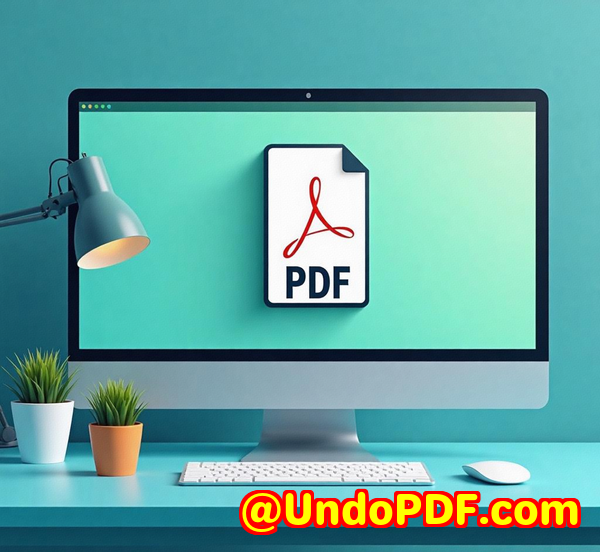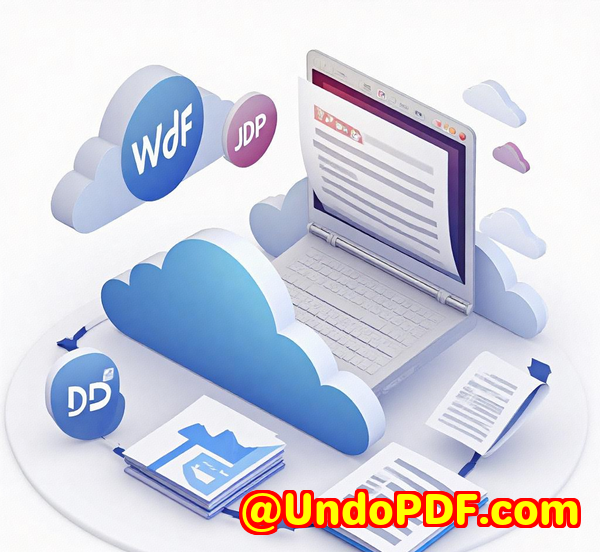Automate Export of Job Name, Resolution, and Copies from SPL Files to Excel
Automate Export of Job Name, Resolution, and Copies from SPL Files to Excel with VeryPDF SPLParser
Every time I had to handle a pile of SPL files from print jobs, I found myself stuck digging through heaps of raw data just to figure out basic details like job names, resolution settings, and copy counts. It was tedious, time-consuming, and honestly, pretty frustrating. If you’re in IT management, print services, or develop solutions that deal with large-scale print jobs, you probably know exactly what I mean.
Most tools out there either force you into complicated GUI workflows or don’t support the print spool formats like SPL or PCL well. So when I stumbled upon VeryPDF SPLParser Command Line and SDK for Developers Royalty Free, I was intrigued could this be the tool to finally automate the grunt work and get meaningful info out of those files straight into Excel? Spoiler: it absolutely is.

Let me walk you through how this tool saved my sanity, why it might be a game-changer for your workflow, and some hands-on examples that really hit home.
Why SPL Files Can Be a Nightmare Without Automation
First off, not everyone knows what an SPL file really is think of it as a Windows print spool file that contains the raw data for a print job. Businesses that manage lots of printers or print services often collect these files for archiving, auditing, or troubleshooting. But extracting readable, structured information from SPL files isn’t straightforward.
Before using VeryPDF SPLParser, I would open each file manually (if even possible) or rely on half-baked tools that only gave me raw dumps, forcing me to piece together data from hex or obscure command line outputs. It was like trying to read a foreign language without a dictionary.
What I needed was a way to:
-
Extract key print job properties quickly.
-
Export details like Job Name, Resolution, and Number of Copies in a clean format.
-
Automate this process for large batches without babysitting every file.
-
Integrate into existing workflows, ideally via command line or API.
Discovering VeryPDF SPLParser A Real Eye-Opener
I found VeryPDF SPLParser Command Line and SDK while researching print job parsing tools that support PCL, PS, PDF, and crucially, SPL files.
This tool’s command line nature instantly appealed to me because automation is king in print environments. No messing with GUIs or manual steps.
Its core ability? Parsing and extracting detailed metadata from print spool files, with options to convert pages into images (PNG), analyse color profiles, andbest of allread and update print job properties like job name, duplex mode, copies, and resolution.
If you’re a developer or print admin, the SDK lets you build custom workflows, embedding this functionality directly into your apps or scripts. That’s flexibility you don’t get from many competitors.
Key Features That Stood Out to Me
I won’t bore you with every command line option, but here are the highlights that made me a believer:
1. Extracting Print Job Metadata Effortlessly
With a simple command, I could extract the job title, number of copies, duplex status, and resolution:
The output gives clear info like:
-
Job Name: “Monthly Report Print”
-
Copies: 5
-
Duplex: 1 (double-sided)
-
Resolution: 1200 dpi
This level of detail straight from the SPL file was impressive. No guesswork, no manual decoding.
2. Batch Automation and Command Line Friendly
I wrote a batch script to loop through hundreds of SPL files, run the -info command, and then parse the output into CSV format for Excel. It took me a couple of hours to set up and test, but once done, it saved me literally days of manual labour every month.
3. Update Print Properties Directly in SPL Files
Not only can you extract info, but you can update properties too. For example, if you need to change the number of copies or duplex settings in the print job file before sending it to a printer, you can do that with:
This saved me in situations where job settings needed tweaking without regenerating the entire print file.
4. Support for Multiple Formats Beyond SPL
The tool handles PCL and PS spool files as well, which is huge if you work in a mixed printer environment.
How I Used VeryPDF SPLParser to Export Job Data to Excel
Here’s a simplified rundown of my workflow:
-
Step 1: Run
splparser.exe -infoon each SPL file to get metadata. -
Step 2: Redirect the output to a text file.
-
Step 3: Use a simple Python or PowerShell script to parse the text files and extract Job Name, Copies, Resolution.
-
Step 4: Aggregate that data into a CSV file.
-
Step 5: Open the CSV in Excel for further analysis or reporting.
I’ve also experimented with integrating this into automated daily job reports, where the latest spool files get parsed, and summaries emailed to print admins. It’s been a massive time saver and improved accuracy.
Why VeryPDF SPLParser Beats Other Tools
-
No GUIs slowing you down: It’s command line based, so it fits perfectly in automated environments.
-
Broad file format support: Handles PDF, PS, PCL, SPL many competitors focus only on PDF or one format.
-
Robust metadata extraction: Gets detailed properties, not just basic info.
-
Editing capabilities: You can update job properties, something rare in parsing tools.
-
Royalty free SDK: Developers can embed it into their own apps without extra licensing hassle.
I’ve tried a few other tools that either crashed on large SPL files or provided cryptic outputs. VeryPDF’s tool feels stable and mature.
Wrapping Up Why You Should Automate Your SPL File Parsing
If you’re juggling hundreds or thousands of print spool files and need to automate the export of job name, resolution, and copies from SPL files to Excel, this tool is exactly what I’ve been searching for.
It’s a solid command line utility with an SDK that fits both sysadmins and developers aiming for automation.
Personally, it cut down my print job auditing from days to hours. I’d highly recommend this to anyone in IT management, print service providers, or software developers working with print workflows.
Don’t waste another minute digging through raw spool data get started with VeryPDF SPLParser and reclaim your time.
Start your free trial now and boost your productivity: https://www.verypdf.com/
Custom Development Services by VeryPDF
If your needs are more specific, VeryPDF offers custom development services tailored to your environment.
Whether you require:
-
Custom PDF processing tools for Windows, Linux, or macOS.
-
Utilities built in Python, PHP, C++, .NET, or JavaScript.
-
Virtual printer drivers generating PDF, EMF, or image formats.
-
Print job monitoring and capturing solutions.
-
Barcode recognition and layout analysis.
-
Document conversion, DRM protection, or digital signature integrations.
VeryPDF’s expert developers can build, modify, or integrate technologies to fit your workflow perfectly.
Reach out to their support center at https://support.verypdf.com/ to discuss your project requirements and get a custom solution.
FAQs
Q1: What file formats does VeryPDF SPLParser support?
A1: It supports PDF, PostScript (PS), Printer Control Language (PCL), and SPL spool files.
Q2: Can I update print job settings inside SPL files?
A2: Yes, you can modify job name, duplex mode, number of copies, and resolution directly in PS and PCL files.
Q3: Is VeryPDF SPLParser suitable for developers?
A3: Absolutely. It comes with an SDK and is royalty free, making it ideal for embedding into custom applications.
Q4: How do I automate batch processing with SPLParser?
A4: Use command line scripting to loop over files, extract info with -info, and parse output into CSV or Excel formats.
Q5: Can I convert print job pages to images for previews?
A5: Yes, the tool supports converting specific pages from PDF, PS, and PCL files into PNG images for fast previews.
Tags / Keywords
-
SPL file metadata extraction
-
Automate print job parsing
-
SPL to Excel export
-
VeryPDF SPLParser command line
-
Print spool file automation
-
Batch print job processing
-
PCL and PS file editing



